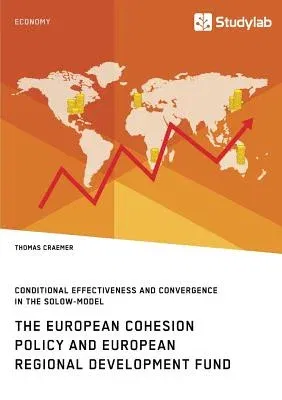Although the EU is growing ever closer as a single economic entity, the
difference in wealth and economic power among its member nations - from
Germany and France to Romania and Bulgaria - is still enormous. This is
despite the European Union's continuous efforts to reduce welfare
differences between its member states since its foundation in 1958: The
long-term objective of the EU is a convergence of income and GDP per
capita levels within the entire Union. This policy is known as European
cohesion policy, which nowadays accounts for more than one third of the
EU's total budget. The vast financial importance of the cohesion policy
naturally begs two questions: Are structural funds effective in
promoting economic growth? And if so, do they promote income and welfare
convergence within the EU? Yet most studies so far have merely yielded
fragmented results, as they only focus on single EU member states, or
consist of data for short time periods. In contrast, this study captures
long-term effects of structural funds in the recent past and delivers
accurate and meaningful empirical results. It focuses on data for the
European Regional Development Fund since this is the most important item
of cohesion policy which financially supports projects that aim to
foster convergence directly. In this book: - European cohesion policy; -
structural funds; - European Regional Development Fund; - economic
convergence; - Solow-Model; - growth theory


